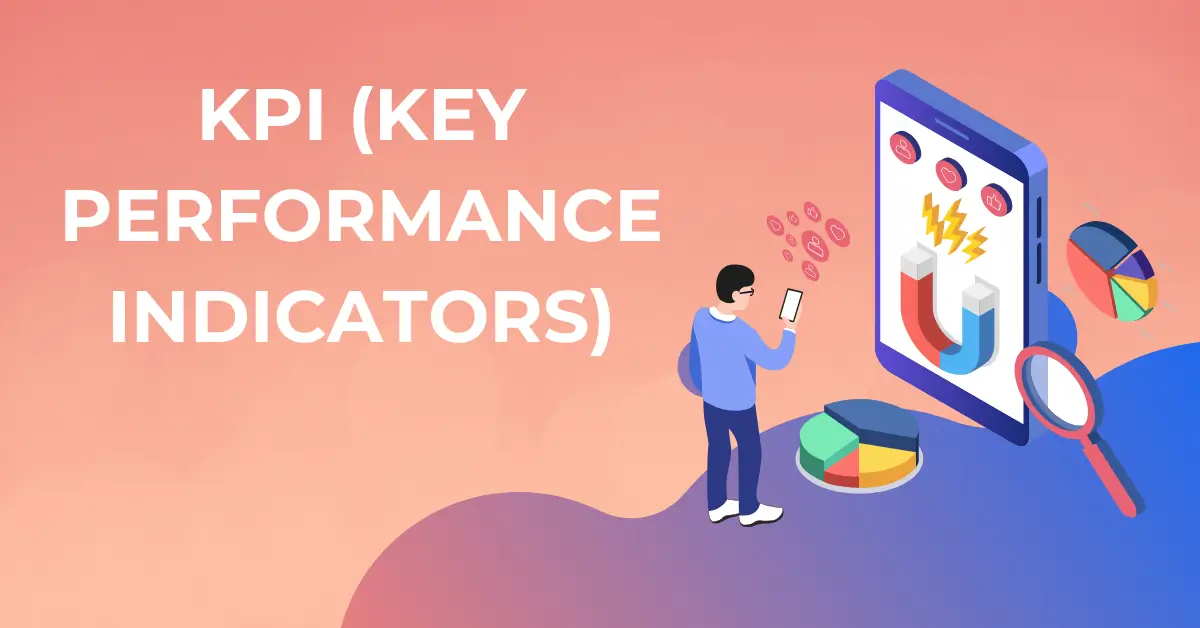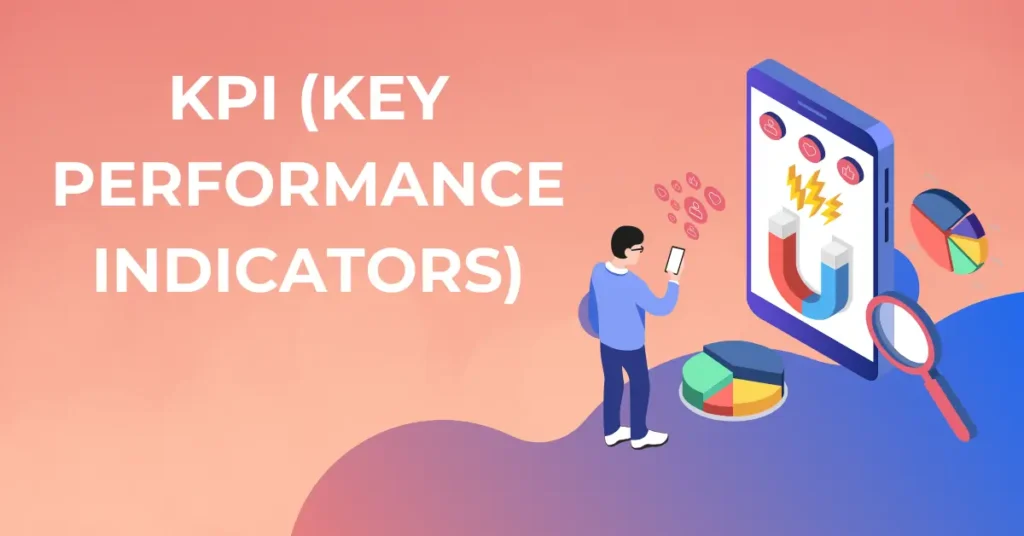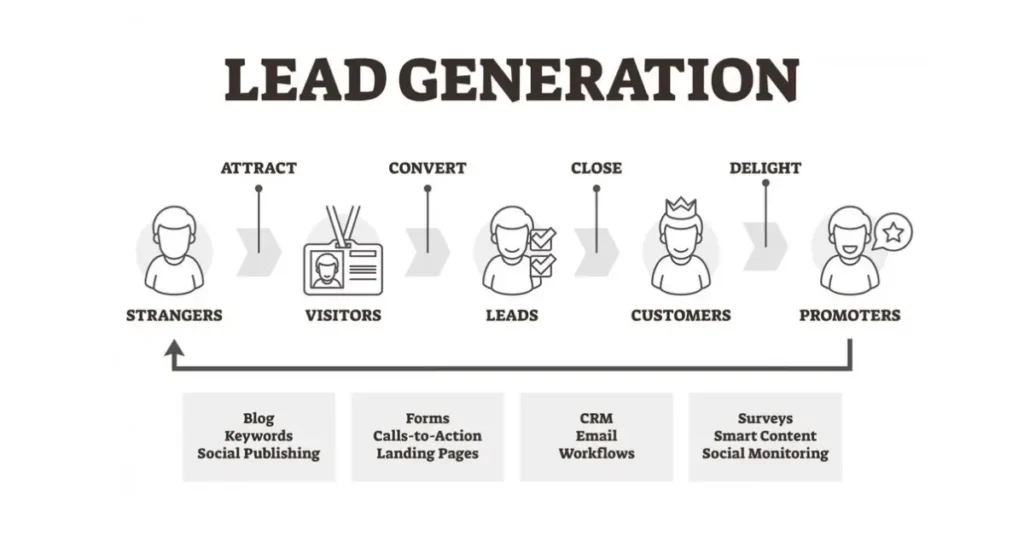In the ever-evolving world of digital marketing, understanding and effectively utilizing Key Performance Indicators (KPIs) is crucial. KPIs are measurable values that help businesses evaluate their marketing efforts and determine if they are on track to achieve their goals. But what exactly is a KPI in digital marketing?
A KPI in digital marketing is a specific metric used to measure the performance and success of marketing campaigns, strategies, and initiatives. It provides valuable insights into the effectiveness of various marketing efforts and helps businesses make data-driven decisions. By tracking and analyzing KPIs, businesses can identify areas of improvement, optimize their marketing strategies, and ultimately drive better results.
Importance of KPIs in Digital Marketing
KPIs play a vital role in digital marketing as they provide valuable insights into the performance and effectiveness of marketing efforts. They help businesses measure the success of their marketing campaigns, track their progress towards goals, and identify areas of improvement. Here are a few reasons why KPIs are essential in digital marketing:
- Measuring Success: KPIs allow businesses to measure the success of their marketing initiatives objectively. By tracking key metrics, businesses can determine if their marketing efforts are generating the desired results or if adjustments need to be made.
- Data-Driven Decision Making: KPIs provide businesses with tangible data that can be used to make informed decisions. By analyzing KPI data, businesses can identify trends, patterns, and areas of improvement, enabling them to optimize their marketing strategies for better results.
- Goal Tracking: KPIs help businesses track their progress towards their marketing goals. By setting specific KPIs aligned with their objectives, businesses can monitor their performance and make adjustments as needed to achieve their targets.
- Performance Evaluation: KPIs enable businesses to evaluate the performance of their marketing initiatives. By comparing actual performance against set KPIs, businesses can identify strengths, weaknesses, and areas for improvement.
Types of KPIs in Digital Marketing
There are various types of KPIs in digital marketing, each serving a specific purpose in measuring different aspects of marketing performance. Here are some common types of KPIs in digital marketing:
- Conversion Rate: Conversion rate is a crucial KPI that measures the percentage of website visitors who take a desired action, such as making a purchase or filling out a form. It indicates the effectiveness of a website or landing page in converting visitors into customers or leads.
- Click-Through Rate (CTR): CTR measures the percentage of people who click on a specific link or advertisement out of the total number of impressions. It is commonly used to evaluate the performance of online ads and email marketing campaigns.
- Cost per Acquisition (CPA): CPA measures the average cost of acquiring a new customer or lead. It helps businesses determine the efficiency of their marketing campaigns and calculate the return on investment (ROI) for each customer acquisition.
- Customer Lifetime Value (CLV): CLV measures the total revenue generated by a customer throughout their relationship with a business. It helps businesses understand the value of retaining customers and guides marketing strategies focused on customer loyalty and retention.
Setting SMART KPIs in Digital Marketing
To effectively measure marketing performance, it’s crucial to set SMART KPIs in digital marketing. SMART stands for Specific, Measurable, Achievable, Relevant, and Time-Bound. By setting SMART KPIs, businesses can ensure that their goals are clear, attainable, and aligned with their overall marketing objectives. Here’s how to set SMART KPIs in digital marketing:
- Specific: Clearly define what you want to achieve with your digital marketing efforts. For example, instead of setting a vague KPI like “increase website traffic,” set a specific KPI like “increase website traffic by 20% in the next quarter.”
- Measurable: Ensure that your KPIs can be measured objectively. Use quantifiable metrics to track progress and evaluate success. For example, instead of setting a KPI like “improve brand awareness,” set a measurable KPI like “increase brand mentions on social media by 50%.”
- Achievable: Set KPIs that are realistic and attainable based on your available resources, budget, and market conditions. Setting overly ambitious KPIs can lead to frustration and demotivation. Consider your current performance and industry benchmarks when setting achievable KPIs.
- Relevant: Align your KPIs with your overall marketing objectives and business goals. Ensure that your KPIs are relevant to your specific industry, target audience, and marketing strategies.
- Time-Bound: Set a specific time frame for achieving your KPIs. This helps create a sense of urgency and provides a deadline for evaluation. For example, instead of setting a KPI like “increase social media followers,” set a time-bound KPI like “increase social media followers by 10% within the next three months.”
By setting SMART KPIs, businesses can ensure that their marketing efforts are focused, measurable, and aligned with their overall objectives.
Tracking and Measuring KPIs in Digital Marketing
Once you have set your KPIs, it’s crucial to track and measure them effectively. Tracking and measuring KPIs in digital marketing involves collecting relevant data, analyzing it, and extracting valuable insights. Here are some steps to effectively track and measure KPIs:
- Data Collection: Identify the data sources required to track your KPIs. This may include website analytics, social media platforms, email marketing software, and other relevant tools. Set up tracking mechanisms to collect the necessary data for each KPI.
- Data Analysis: Analyze the collected data to gain insights into your marketing performance. Use data visualization tools and techniques to identify trends, patterns, and correlations. Look for areas of improvement and potential bottlenecks.
- Benchmarking: Compare your KPI data against industry benchmarks and your own historical data. This helps you understand how your performance stacks up against competitors and identify areas where you can improve.
- Reporting: Create regular reports to communicate your KPI data to stakeholders. Use visualizations and clear explanations to convey the performance of your marketing efforts. Highlight successes, areas for improvement, and actionable insights.
- Continuous Monitoring: Continuously monitor your KPIs to ensure that you stay on track towards your goals. Regularly review and update your KPIs as needed based on changing market conditions and business objectives.
Effective tracking and measurement of KPIs provide businesses with valuable insights that drive data-driven decision-making and help optimize marketing strategies for better results.
Key Metrics and Tools for Monitoring KPIs in Digital Marketing
To effectively monitor KPIs in digital marketing, businesses need to track and measure the right metrics using appropriate tools. Here are some key metrics and tools commonly used for monitoring KPIs in digital marketing:
- Website Traffic: Key metrics for monitoring website traffic include total visits, unique visitors, bounce rate, and average session duration. Tools like Google Analytics provide detailed insights into website traffic and user behavior.
- Conversion Rate: Conversion rate metrics include the number of conversions, conversion rate percentage, and conversion value. Tools like Google Analytics and marketing automation platforms offer conversion tracking capabilities.
- Social Media Engagement: Metrics for monitoring social media engagement include likes, shares, comments, and follower growth. Social media management tools like Hootsuite and Sprout Social provide analytics and reporting features.
- Email Marketing Performance: Key email marketing metrics include open rate, click-through rate, bounce rate, and unsubscribe rate. Email marketing platforms like Mailchimp and Campaign Monitor offer detailed analytics and reporting features.
- Search Engine Optimization (SEO): SEO metrics include organic traffic, keyword rankings, backlinks, and page load speed. Tools like Moz and SEMrush provide comprehensive SEO analytics and monitoring capabilities.
By utilizing these key metrics and appropriate tools, businesses can effectively monitor their KPIs and gain valuable insights into the performance of their digital marketing efforts.
Examples of KPIs in Different Digital Marketing Channels
KPIs vary across different digital marketing channels based on their unique objectives and metrics. Here are some examples of KPIs in different digital marketing channels:
- Search Engine Marketing (SEM): KPIs for SEM may include Cost per Click (CPC), Click-Through Rate (CTR), Conversion Rate, and Return on Ad Spend (ROAS).
- Social Media Marketing: KPIs for social media marketing may include Engagement Rate, Reach, Follower Growth Rate, and Social Media Conversion Rate.
- Content Marketing: KPIs for content marketing may include Time on Page, Bounce Rate, Social Shares, and Conversion Rate from Content.
- Email Marketing: KPIs for email marketing may include Open Rate, Click-Through Rate (CTR), Conversion Rate, and Return on Investment (ROI).
- Website Performance: KPIs for website performance may include Page Load Time, Bounce Rate, Average Session Duration, and Goal Conversion Rate.
It’s important to select KPIs that align with the objectives and metrics of each specific digital marketing channel to effectively measure performance and optimize strategies.
How to Analyze and Interpret KPI Data
Analyzing and interpreting KPI data is essential for gaining insights into marketing performance and making data-driven decisions. Here’s a step-by-step process for analyzing and interpreting KPI data:
- Identify Trends: Look for trends in the KPI data over time. Are there any significant increases or decreases? Identify patterns and correlations between different KPIs to gain a holistic understanding of marketing performance.
- Compare with Benchmarks: Compare your KPI data with industry benchmarks and your own historical data. This helps you understand how you are performing relative to your competitors and previous periods.
- Identify Outliers: Identify any outliers or anomalies in the KPI data. These may indicate areas of concern or opportunities for improvement. Investigate the reasons behind these outliers and take appropriate actions.
- Segmentation Analysis: Segment your KPI data based on different variables such as demographics, geography, or customer segments. This provides deeper insights into the performance of different marketing initiatives and target audiences.
- Identify Actionable Insights: Based on your analysis, identify actionable insights that can drive improvements. These insights should be specific, measurable, and aligned with your overall marketing objectives.
By following this analysis process, businesses can gain valuable insights from their KPI data and make informed decisions to optimize their digital marketing strategies.
Best Practices for Using KPIs in Digital Marketing
To effectively use KPIs in digital marketing, businesses should follow some best practices:
- Align KPIs with Business Goals: Ensure that your KPIs are aligned with your overall business goals and marketing objectives. This ensures that your marketing efforts are focused and contribute to your overall success.
- Regularly Review and Update KPIs: Regularly review and update your KPIs based on changing market conditions, industry trends, and business objectives. KPIs should be dynamic and adaptable to ensure they remain relevant and meaningful.
- Focus on Quality, Not Quantity: Choose a few key KPIs that truly reflect the success of your marketing efforts. Avoid overwhelming yourself with too many KPIs that may dilute your focus and make analysis more complex.
- Use Visualization Tools: Utilize data visualization tools to present your KPI data in a visually appealing and easily understandable format. Visualizations help stakeholders grasp the key insights more effectively.
- Track KPIs in Real-Time: Whenever possible, track your KPIs in real-time to stay on top of your marketing performance. Real-time data allows you to identify and respond to any issues or opportunities promptly.
By following these best practices, businesses can effectively leverage KPIs in digital marketing to drive better results and make data-driven decisions.
Conclusion
KPIs play a crucial role in digital marketing by providing measurable insights into marketing performance. By understanding what KPIs are, why they are important, and how to set, track, and analyze them, businesses can optimize their marketing strategies and drive better results. Remember to set SMART KPIs aligned with your business goals, utilize the right metrics and tools for monitoring, and follow best practices to effectively use KPIs in your digital marketing efforts. With a data-driven approach and a focus on continuous improvement, KPIs can guide businesses towards success in the ever-evolving world of digital marketing.
Ready to take your digital marketing to the next level? Contact us today to learn how our expert team can help you leverage the power of KPIs for better marketing performance!

















